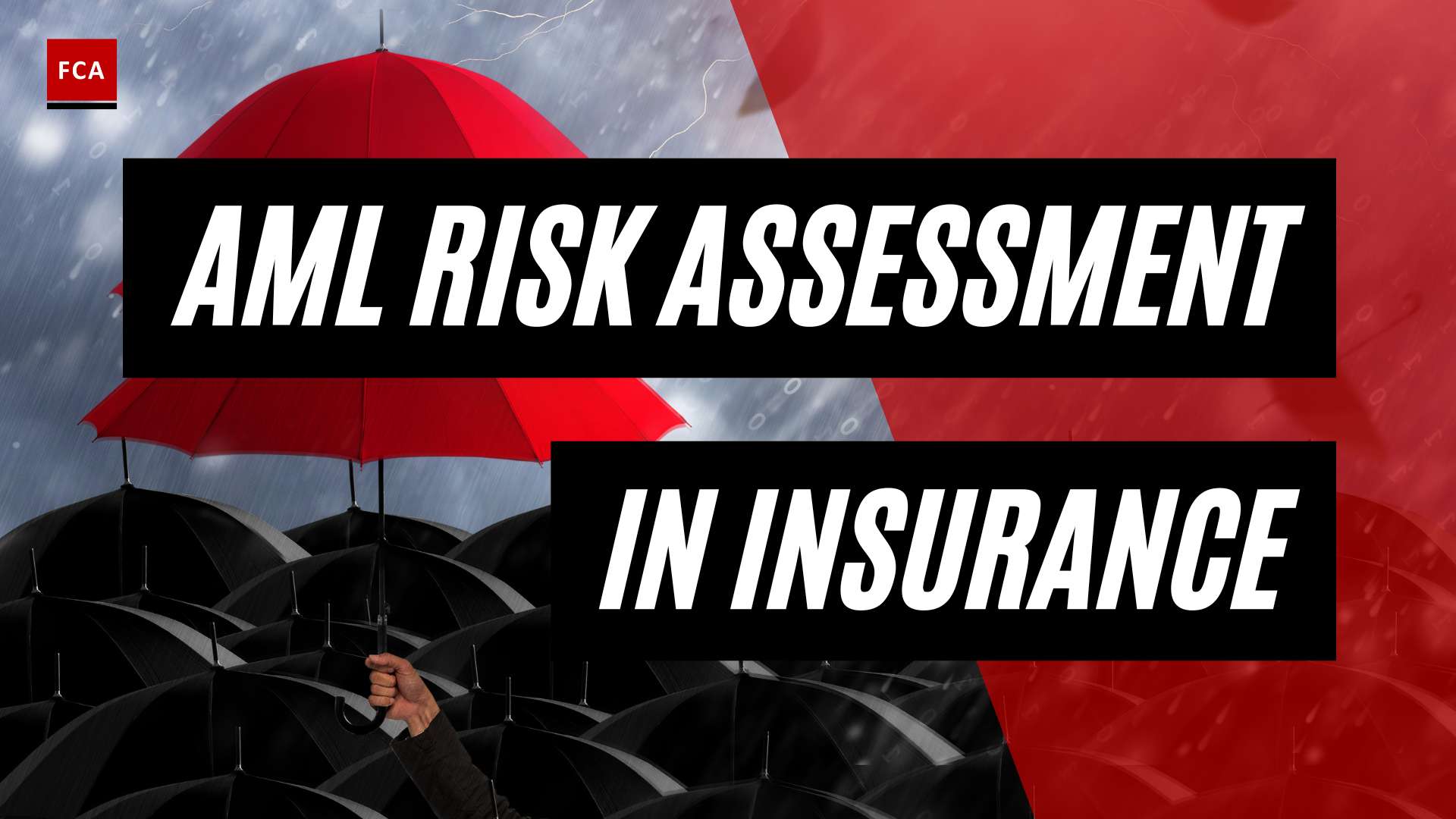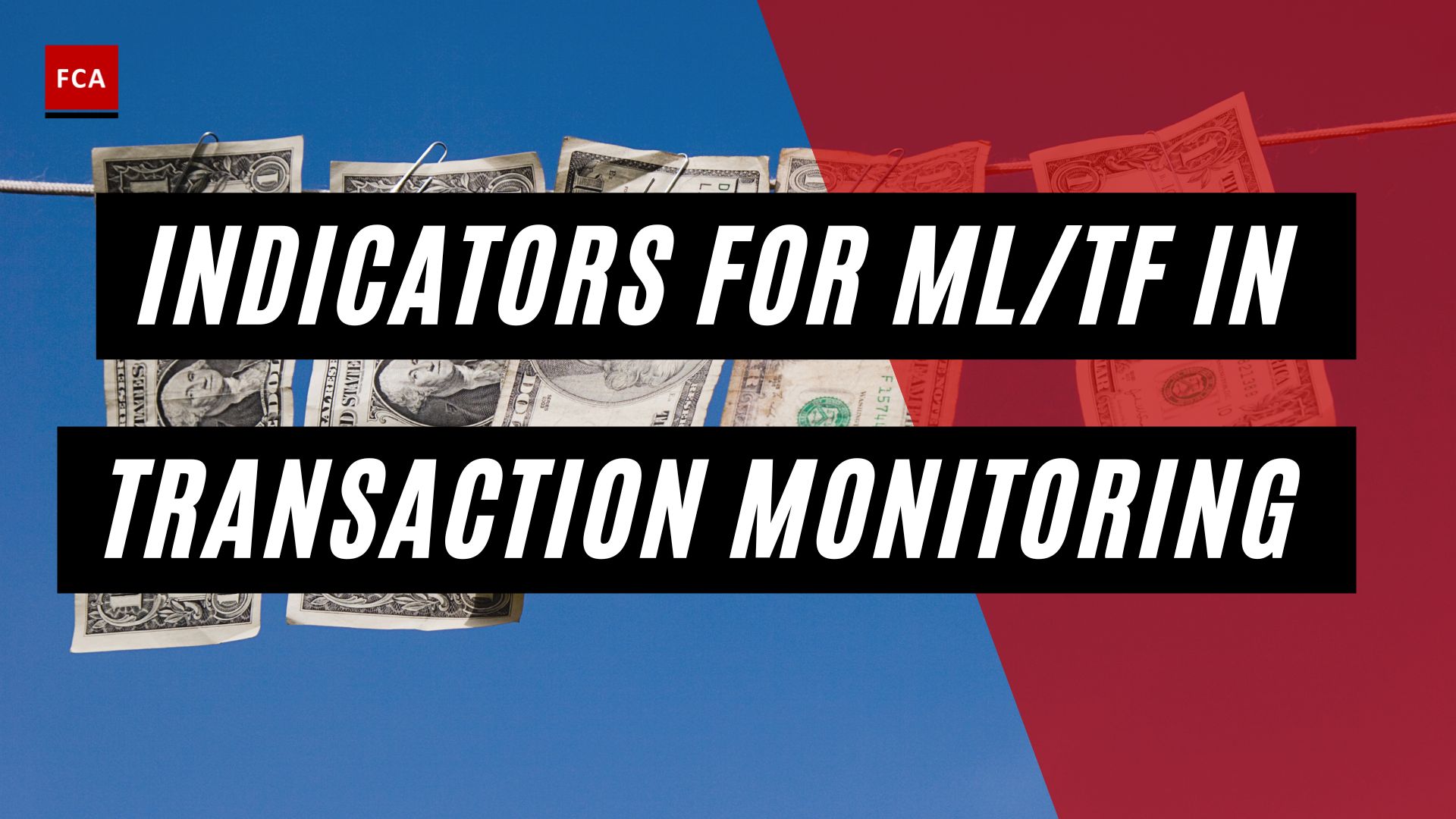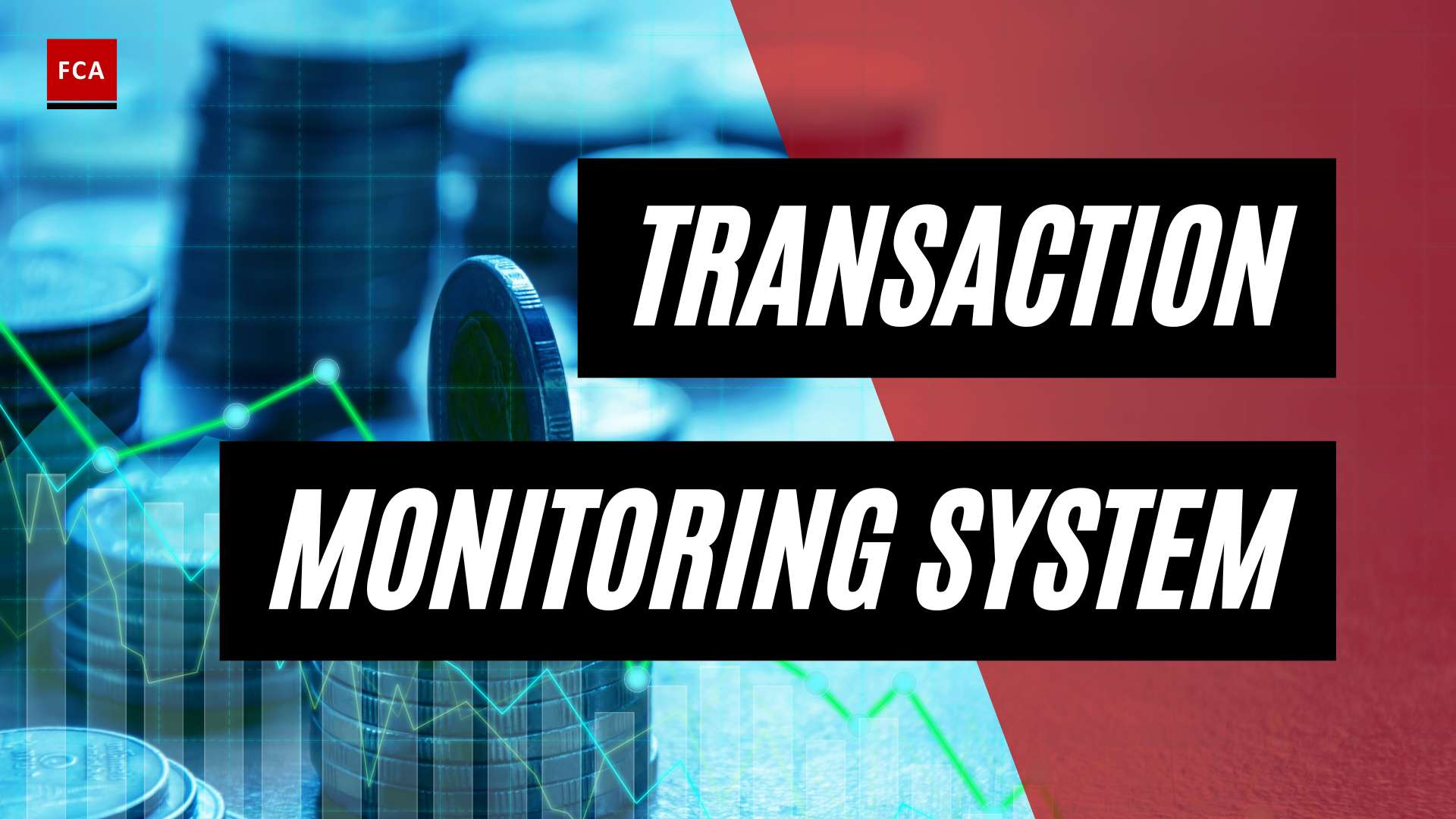Necessity of AML Compliance in Legal Services
In the contemporary legal landscape, Anti-Money Laundering (AML) compliance is not just a regulatory obligation but a business necessity. As legal services are often exploited for illicit activities like money laundering and terrorist financing, it’s critical for firms to understand, implement, and adhere to AML requirements.
Understanding the AML Requirements
AML compliance for legal services entails a series of measures and controls designed to prevent financial crimes. Key among these requirements is the conduct of due diligence on clients to ascertain their identities, assess associated risks, and comprehend the purpose and intended nature of the business relationship. This procedure, known as Customer Due Diligence (CDD), is a cornerstone of AML regulations.
Several jurisdictions have stringent AML regulations for legal services. For instance, the European Union’s 4th Anti-Money Laundering Directive (4AMLD), implemented by the UK in 2017, necessitates all regulated businesses, including law firms, to undertake CDD. The UK’s 2019 Money Laundering and Terrorist Financing Regulations further underscore the requirement for law firms to have appropriate AML policies and controls in place, which includes designating a money laundering reporting officer (MLRO) to ensure compliance (Actionstep).
Potential Consequences of Non-Compliance
Non-compliance with AML regulations can lead to grave ramifications for law firms. These include substantial fines, reputational damage, and even criminal or administrative sanctions. Thus, to mitigate these risks, it’s crucial for legal services providers to have a comprehensive understanding of their AML obligations and establish robust internal controls to meet these requirements.
To navigate the complexities of AML compliance, firms can leverage resources like the non-commercial data provided by FINRA, which caters to the specific needs of legal services. Additionally, they can refer to our guides on AML policies for law firms, AML training for legal professionals, and AML audits for law firms for further insights.
In conclusion, AML compliance is not only a legal mandate for law firms but also a strategic imperative. By understanding the AML requirements and the potential consequences of non-compliance, legal services providers can better equip themselves to prevent money laundering and terrorist financing and promote a culture of compliance within their organizations.
Building an Effective AML Compliance Program
A robust Anti-Money Laundering (AML) compliance program forms the backbone of any legal firm’s efforts to detect, prevent, and report money laundering and terrorist financing activities. Such a program encompasses well-defined policies, procedures, and controls aimed at ensuring compliance with relevant laws and regulations while safeguarding the integrity of the financial system.
Designating a Compliance Officer
The first step towards building an effective ‘aml compliance for legal services’ program involves designating a Compliance Officer. This individual, often holding a title such as Chief AML Officer, plays a crucial role in developing and implementing the policies, procedures, and training necessary for an effective AML/ATF program. The Compliance Officer must possess a thorough understanding of the business operations and prevailing legislation to effectively execute their role.
Establishing Written Policies and Procedures
Having clear and concise written policies and procedures is an essential part of an effective AML compliance program. These documents should clearly express the organization’s commitment to AML compliance, outline employee responsibilities and guide the identification and reporting of suspicious activities.
These written policies and procedures should focus on allocating resources to areas of greatest threats within an organization, thereby enabling the firm to target its AML efforts more effectively (CPA Canada). Regular updates to these policies and procedures are vital to adapt to changing regulatory requirements and emerging risks. For more information on this, refer to aml policies for law firms.
Importance of Risk Assessment
Conducting a comprehensive risk assessment is a foundational element of an AML compliance program. This involves identifying and analyzing potential money laundering risks associated with customers, products, services, and geographical locations. The insights from this risk assessment can then be used to tailor AML strategies accordingly (KYC2020).
By understanding where the risk areas lie, legal professionals can ensure that their AML compliance efforts are targeted and effective. A thorough risk assessment can also help identify any areas where additional training or resources may be needed. For more on conducting risk assessments in the legal industry, refer to aml risk assessment for legal industry.
In conclusion, the building blocks of an effective AML compliance program include designating a competent Compliance Officer, establishing clear written policies and procedures, and conducting a thorough risk assessment. Successful implementation of these steps can lead to benefits such as enhanced reputation, regulatory compliance, risk mitigation, protection from reputational damage, and access to global markets.
Implementing AML Compliance Measures
Implementing the right measures is crucial for ensuring AML compliance within legal services. Such measures involve Customer Due Diligence (CDD), ongoing monitoring, and consistent training and awareness programs.
Role of Customer Due Diligence
Customer Due Diligence (CDD) is a fundamental component of any AML compliance program. For law firms, it involves identifying and verifying their clients’ identities, assessing the associated risks, and understanding the purpose and intended nature of the business relationship. This comprehensive process is essential to ensuring adherence to AML regulations and safeguarding the firm from potential legal and financial risks. For more on the application of due diligence in legal services, refer to aml due diligence in legal services.
Importance of Ongoing Monitoring
Ongoing monitoring forms a core part of AML compliance measures. Law firms are called to regularly review their clients’ transactions and, when necessary, conduct Enhanced Due Diligence (EDD) on higher-risk clients. Continuous monitoring aids in the identification of suspicious transactions, helping firms meet their AML compliance obligations and maintain the integrity of their operations. For more on AML monitoring for legal clients, check out aml monitoring for legal clients.
Training and Awareness Programs
Training and awareness programs play a critical role in AML compliance. These programs range from general awareness of money laundering risks to role-specific and advanced training tailored to each team member’s responsibilities within the organization. Such training aids in fostering a culture of vigilance and provides channels for reporting suspicious activities. By empowering employees with the right knowledge and tools, firms can actively contribute to preventing money laundering and strengthening their AML compliance. For further insights on AML training for legal professionals, visit aml training for legal professionals.
These measures, when effectively implemented, can significantly enhance a firm’s AML compliance system. However, it’s important to remember that AML compliance is a continuous process that requires regular reviews, updates, and adjustments in line with evolving regulations and changing risk landscapes.
Impacts of Regulatory Changes on AML Compliance
The landscape of anti-money laundering (AML) regulations is ever-evolving. The continuous changes in AML regulations worldwide make it crucial for legal professionals to stay up-to-date on the latest rules and standards to ensure their firms remain compliant. This section will discuss recent regulatory amendments and explore how AML compliance requirements for legal services vary across different jurisdictions.
Overview of Recent Regulatory Changes
Recent years have seen significant changes in AML regulations globally, impacting the obligations of professionals providing legal services.
In 2017, the European Union’s 4th Anti-Money Laundering Directive (4AMLD) was implemented by the UK. This directive requires all regulated businesses, including law firms, to conduct due diligence on clients to prevent money laundering and terrorism financing.
Following this, the UK’s 2019 Money Laundering and Terrorist Financing Regulations upheld the requirement for law firms to have suitable anti-money laundering policies and controls. This included the designation of a money laundering reporting officer (MLRO) as a key responsibility to ensure compliance (Actionstep).
In Canada, new AML rules became effective from June 1, 2021, significantly increasing the risks and complexities associated with non-compliance. This has led to administrative penalties and other consequences for CPAs who fail to verify the identity of persons or organizations involved in covered activities (CPA Canada).
These regulatory changes underscore the importance of having robust AML policies for law firms, as well as conducting regular AML audits to ensure ongoing compliance.
AML Compliance in Different Jurisdictions
AML compliance requirements for legal services may vary based on jurisdiction due to differences in local laws and regulations. In Canada, for instance, reporting entities under the Proceeds of Crime (Money Laundering) and Terrorist Financing Act (PCMLTFA), such as accountants and accounting firms, are required to establish a compliance program. This includes designating a compliance officer, writing policies and procedures, creating a risk assessment report, maintaining ongoing compliance training records, and conducting periodic compliance program reviews to fulfill AML obligations (CPA Canada).
Continuous updates and changes to AML regulations in Canada necessitate a proactive approach to stay compliant. This includes keeping abreast with the latest information from the FINTRAC website, given the ongoing evolution and alignment of Canada’s regime with international standards. CPAs in Canada can anticipate further changes to AML regulations, with the regime becoming more aligned with G7 and G20 peers over time. This emphasizes the importance of staying informed and up-to-date with requirements.
In conclusion, the differences in AML compliance requirements across jurisdictions highlight the importance of understanding the specific legal and regulatory obligations applicable to a firm’s location. This understanding is crucial to successfully implementing and maintaining a compliant AML program. For further information on building an effective AML compliance program, you may refer to our guide on AML controls for professional service providers.
Case Studies of AML Non-Compliance
Understanding the potential costs of non-compliance with AML regulations is crucial for any legal professional. Learning from the mistakes of others can help you avoid similar pitfalls and ensure your AML compliance for legal services is robust and effective.
Consequences of AML Violations
Non-compliance with AML regulations can result in severe penalties for law firms, including hefty fines, reputational damage, and even criminal or administrative sanctions (Actionstep). AML penalties and fines can range from simple fines to jail time, and can include sanctions that bar financial institutions from doing business with certain entities. The goal is to ensure ethical and legal standards in the financial industry are upheld and to protect consumers (Unit21).
Here are a few examples of companies that faced severe penalties for AML violations:
| Company | Fine | Violation |
|---|---|---|
| Capital One | $390 million | Deliberate and careless violations of the Bank Secrecy Act, including failure to file thousands of Suspicious Activity Reports (SARs) and Currency Transaction Reports (CTRs) on time. |
| Deutsche Bank | $130 million | Violating the Foreign Corrupt Practices Act and involvement in a commodities fraud scheme. |
| BitMEX | $100 million | Failing to comply with anti-money laundering standards and engaging in unauthorized cryptocurrency trading. |
Lessons from AML Non-Compliance Cases
From these cases, it is clear that failing to comply with AML regulations can have serious consequences for firms, both financially and reputationally. Here are a few key lessons to take away:
-
Timely Reporting: The Capital One case underlines the importance of filing SARs and CTRs on time. These reports are crucial tools for law enforcement to detect and prevent money laundering and terrorist financing.
-
Maintaining Ethical Standards: The Deutsche Bank case is a stark reminder of the importance of upholding ethical and legal standards in all business practices. Involvement in fraudulent schemes can lead to significant fines and damage to the firm’s reputation.
-
Compliance in All Areas: The BitMEX case emphasizes that all areas of a business, even those that might seem peripheral like cryptocurrency trading, must adhere to AML standards.
To avoid these costly mistakes, your firm should establish robust AML controls, conduct regular AML audits, and invest in AML training for legal professionals. By doing so, you can ensure your firm’s AML compliance is robust and effective, protecting your firm from financial and reputational damage.
Reporting and Monitoring in AML Compliance
Efficient reporting and monitoring mechanisms are fundamental components in maintaining effective AML compliance for legal services. This involves the critical tasks of suspicious transaction reporting and continuous monitoring of client activities.
Basics of Suspicious Transaction Reporting
Suspicious transaction reporting (STR) is a key responsibility of reporting entities (REs) under the Proceeds of Crime (Money Laundering) and Terrorist Financing Act (PCMLTFA) and associated Regulations. This report must be submitted to FINTRAC when there are reasonable grounds to suspect (RGS) that a financial transaction is related to the commission or attempted commission of a money laundering/terrorist financing (ML/TF) offense.
The STR should provide detailed information such as nicknames, secondary names, beneficial ownership information, IP addresses, additional account numbers, email addresses, virtual currency transaction addresses, details of purchases or e-transfers, locations, relationships, and background information.
To establish RGS, the assessment should consider the facts, context, and ML/TF indicators related to a financial transaction, and the conclusion should be reasonable and not biased or prejudiced.
Once the RGS threshold is reached, the STR must be submitted to FINTRAC as soon as practicable. Delays in submission may require a suitable explanation.
Role of Continuous Monitoring in Compliance
Continuous monitoring plays a pivotal role in maintaining AML compliance for legal services. It involves regularly reviewing client transactions and activities to identify and report any suspicious behavior. Continuous monitoring allows for the early detection of potential ML/TF risks, aiding in the prevention of such activities.
As part of their AML compliance program, legal firms should have in place robust systems and processes for monitoring client transactions. This includes maintaining up-to-date client information, conducting regular risk assessments, and implementing effective AML controls.
In addition, continuous monitoring should be complemented by regular AML audits to assess the effectiveness of the firm’s AML compliance program and identify any areas for improvement.
Implementing robust reporting and monitoring processes is essential for maintaining AML compliance in legal services. By proactively identifying and reporting suspicious transactions and continuously monitoring client activities, legal firms can effectively mitigate their ML/TF risks and ensure compliance with AML regulations.








